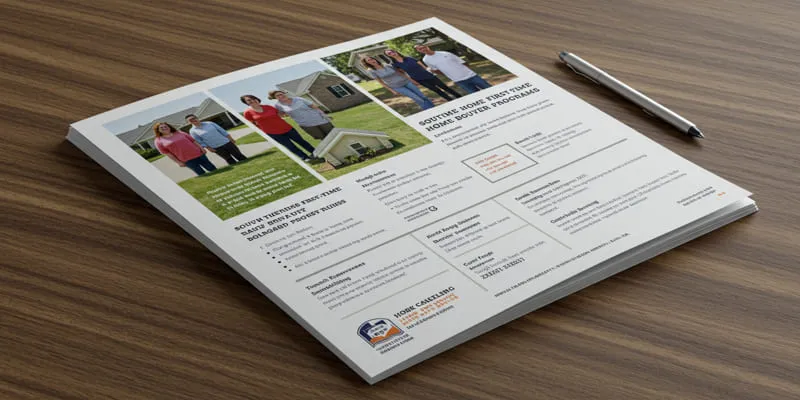Current Interest Rate Trends for Card, Auto, and Mortgage Loans in 2025
Navigating the world of loans can feel like a tightrope walk, especially with interest rates constantly shifting. In 2024, the landscape for borrowing—whether it’s through credit cards, auto loans, or mortgages—has taken a sharp turn. For many, these rising rates are causing a pause in their financial plans, making even routine decisions like financing a car or buying a home feel weightier.

As interest rates creep higher, it’s more important than ever to understand the trends that shape them and how they might affect your wallet. In this guide, we’ll break down where interest rates stand today and what you need to know to stay ahead of the curve.
Interest Rates for Credit Cards in 2024
The interest rates on credit cards, often referred to as the Annual Percentage Rate (APR), have seen a consistent upward trend over the past couple of years. In 2024, credit card interest rates remain high, largely due to the Federal Reserve’s continued efforts to manage inflation. With the Fed keeping rates elevated, credit card issuers pass these increases on to consumers.
Currently, the average APR for credit cards in the U.S. hovers around 20% or more, depending on the card type and the consumer’s creditworthiness. This steep APR is more burdensome for those carrying a balance month to month, meaning that individuals who don’t pay their credit card bills in full each month face mounting interest charges.
Additionally, some credit card issuers are offering promotional interest rates—typically for balance transfers or new accounts—at 0% for a limited time, but consumers should be cautious of the post-promotional rate, which often jumps back into the 20% range. Managing credit card debt effectively has never been more important, as failing to do so can result in exorbitant interest costs that quickly spiral out of control.
Auto Loan Interest Rates in 2024
The broader economic environment similarly impacts auto loan interest rates. In 2024, auto loan rates continue to rise, making vehicle financing more expensive for buyers. The average interest rate for new car loans is now between 6% and 8%, depending on the buyer’s credit score, the length of the loan, and the vehicle’s condition.

Consumers with excellent credit scores may still secure loans with rates as low as 5%, but borrowers with lower credit scores often face rates north of 10%. This means that for many buyers, particularly those in the used car market, the cost of financing their purchase has increased substantially compared to just a few years ago.
In light of these higher interest rates, many consumers are opting for longer loan terms to reduce their monthly payments. However, while a six- or seven-year loan term can make payments more affordable in the short term, it often results in higher total interest paid over the life of the loan.
For those looking to buy a car in 2024, understanding the full cost of financing is crucial. It’s important to shop around for the best rates and consider alternatives such as leasing or purchasing used cars to mitigate the impact of higher auto loan interest rates.
Mortgage Loan Interest Rates in 2024
Mortgage interest rates have been a central focus of financial discussions as housing affordability continues to be a pressing concern in 2024. After a decade of historically low rates, mortgage rates have significantly increased over the past two years, driven by the Federal Reserve’s interest rate hikes aimed at curbing inflation.
As of 2024, the average interest rate for a 30-year fixed mortgage stands at approximately 6.5% to 7%, depending on the borrower’s credit score and the size of the down payment. This marks a significant departure from the 3% to 4% range that was common during the height of the pandemic.
Higher mortgage rates have had a noticeable impact on the housing market. Many potential homebuyers are either postponing their purchases or scaling back their budget due to higher monthly payments. In turn, this has slowed the demand for homes and cooled housing prices in many markets, though affordability remains a key challenge.
The rise in rates has been even more pronounced for homeowners with adjustable-rate mortgages (ARMs). As interest rates reset periodically, homeowners with ARMs see their monthly payments increase, sometimes substantially. This has prompted a growing number of borrowers to refinance into fixed-rate loans to lock in a more predictable payment structure, even if it means accepting a higher interest rate upfront.
Factors Influencing Interest Rate Trends in 2024
Several key factors influence the current interest rate trends for card, auto, and mortgage loans in 2024. The primary factor is the Federal Reserve’s monetary policy. Over the past few years, the Fed has steadily increased its benchmark interest rate to combat inflation, and this policy has directly influenced the rates offered by banks and other lenders.

Inflation also plays a critical role. While inflation has eased somewhat since its peak in 2022, it remains a concern in 2024, which puts upward pressure on interest rates. Lenders must account for inflation when setting rates, as higher inflation erodes the purchasing power of the money they lend out.
Lastly, the overall economic outlook affects interest rates. A slowing economy or recessionary fears can sometimes cause the Fed to ease its rate hikes or even lower rates. Still, for now, 2024 sees rates continuing their elevated trend as the Fed remains committed to controlling inflation.
Conclusion
Interest rate trends for credit cards, auto loans, and mortgages in 2024 are shaped by a complex mix of economic forces, most notably Federal Reserve policies and inflation. While these rising rates pose challenges for borrowers, particularly those with existing debt, they also present opportunities for savers to benefit from higher returns.
Keeping a close eye on these trends and adjusting your financial strategy accordingly is essential for navigating the evolving interest rate landscape in 2025.










